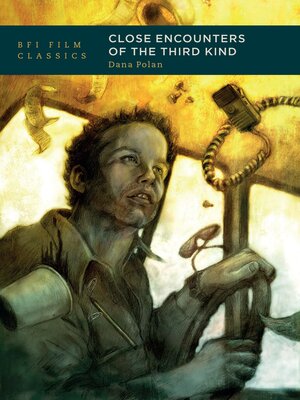
Sign up to save your library
With an OverDrive account, you can save your favorite libraries for at-a-glance information about availability. Find out more about OverDrive accounts.
Find this title in Libby, the library reading app by OverDrive.



Search for a digital library with this title
Title found at these libraries:
| Library Name | Distance |
|---|---|
| Loading... |
Steven Spielberg's Close Encounters of the Third Kind (1977) is a film very much of its cinematic moment, combining the gritty realism of entrapment in the everyday with furtive dreams of escape.
Dana Polan's compelling study of the film examines its significance to New Hollywood cinema and the science fiction genre. He argues that Close Encounters is a film that is an allegory of the cinematic experience overall; it both narrates a tale of visual seduction and plays it out viscerally for the spectator who shares the amazement of the protagonist Roy Neary as his mundane reality is transformed into something awe-inspiring.
Providing an in-depth look into the film's production history, including all three different versions, Polan situates Close Encounters within Spielberg's repertoire. He argues that despite the film's popular success, it is in fact a rejection of several entrenched American values, including family, home and marriage. It offers, through its visual fascination, alternative understandings of masculinity and morality, familial responsibility, and what it means to follow the 'American Dream'.
Dana Polan's compelling study of the film examines its significance to New Hollywood cinema and the science fiction genre. He argues that Close Encounters is a film that is an allegory of the cinematic experience overall; it both narrates a tale of visual seduction and plays it out viscerally for the spectator who shares the amazement of the protagonist Roy Neary as his mundane reality is transformed into something awe-inspiring.
Providing an in-depth look into the film's production history, including all three different versions, Polan situates Close Encounters within Spielberg's repertoire. He argues that despite the film's popular success, it is in fact a rejection of several entrenched American values, including family, home and marriage. It offers, through its visual fascination, alternative understandings of masculinity and morality, familial responsibility, and what it means to follow the 'American Dream'.







